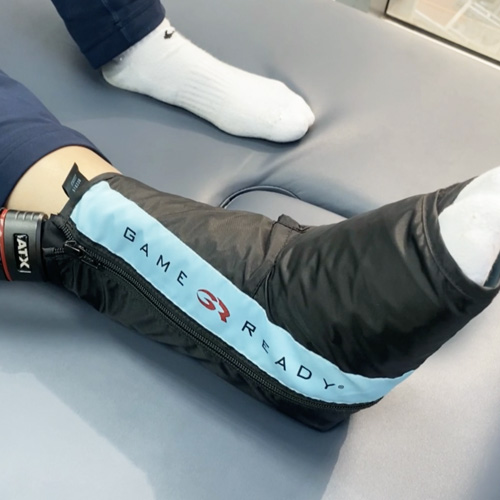Common Conditions
Plantar Fasciitis
Symptoms, Common Causes and Treatments
Understanding Plantar Fasciitis
Plantar fasciitis, also known as plantar fasciopathy, is defined as the inflammation of a thick fibrous tissue in the bottom of the foot called plantar fascia. This is one of the most common types of heel pain. The plantar fascia originates from the heel bone (calcaneus), and attaches to the balls of the foot (heads of metatarsals), forming the medial longitudinal foot arch. Many of the toe and foot muscles also attach to the plantar fascia.
Being one of the strongest fibrous tissues in the body, the plantar fascia serves an important role in absorbing shock as we land and releasing the stored energy as we take off.
Causes of Plantar Fasciitis
Plantar fasciitis is usually caused by overuse with an insidious and gradual onset. Activities that require repetitive stretching and shortening of the plantar fascia, such as running or ballet, are likely to trigger the inflammation.
People that are more susceptible to getting plantar fasciitis have the following risk factors:
- Aged between 40 to 60;
- Regularly participate in activities that load up the plantar fascia;
- Reduced ankle dorsiflexion or big toe extension range of motion;
- Obesity;
- Improper or lack of supportive footwear;
- Low or abnormally high foot arches.
Symptoms
The classic sign of plantar fasciitis is pain with the first few steps after resting. The pain is most focal on the inside of the heel. It usually settles after warming up. Associated symptoms include tightness in the calf muscle and Achilles tendon, and increased pain with barefooted walking.


